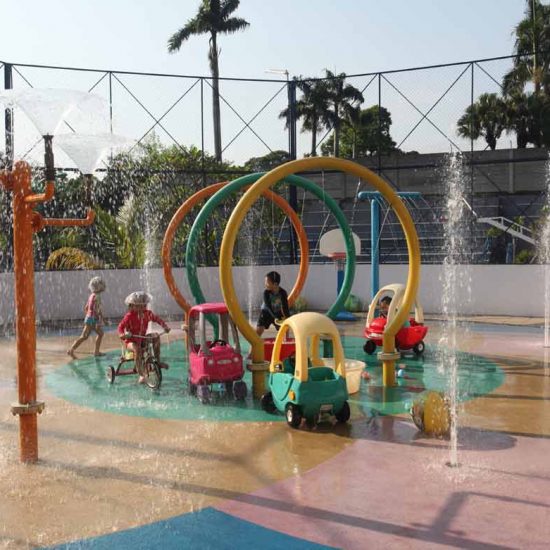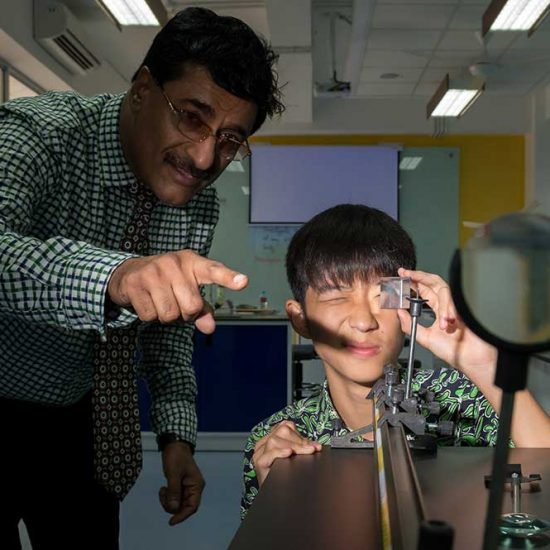How Technological Advancement Has Redefined Modern-Day Education
Breast cancer remains to be one most common types of cancer in the world. According to American Society, it accounts for more than 23 percent of new cases globally. Every day hundreds of women die from the disease.
One of the preventive measures against breast cancer is prompt screening tests usually through mammography. But there’s a problem: it has a missed rate of about 13 percent. Moreover, women with denser breast tissues are at a bigger disadvantage. The machine may less likely to detect the tumors.
All these may change thanks to one woman. Brittany Wegner won the Google Science Fair in 2012 for her incredible project. She developed a neural network that allowed the machine to detect malignancies in the breast tissue samples using certain features of the disease. The result was 99 percent accuracy. It was enough to let hospitals in the United States and Italy to test the technology further.
But what’s even more interesting is how she developed the technology. She created the algorithms using an app found in a Google platform.
Tech Is Shaping Education – For the Better
The different types of available technology have found their way in education, and teaching children and designing classrooms have never been the same again. Instead, the students reap the benefits of a better, more efficient process of learning.
It bridges the gap between the rich and the poor.
This topic will remind you of a YouTube video where two groups of students competed in what was supposed to be a knowledge contest. In the beginning, both teams were given books for references. After the first half, and as the level of difficulty increased, a cover separated the groups.
Question upon question, only one group got everything right in such lightning speed. When the covers fell, the losing team realized the reason: the winning one had the advantage. They had the Internet and the laptop.
Socioeconomic divide is real, and it’s big. According to a report by the European Strategy and Policy Analysis System (ESPAS), the income inequality is widening. Around the 1980s, the richest 10 percent of the OECD nations had an income seven times higher than the poorest 10 percent. By 2015, the richest people grew their income to three times more. It’s safe to say with wealth, people have an easier access to a better or superior education.
Internet connectivity changed all that. Poorer students can now access and use the same materials of the rich. It somehow levels the playing field, so students can possess a similar chance of succeeding in their education.
It keeps the students engaged.
One of the biggest contributions of tech is a more improved focus and engagement among the students. New studies reveal that the attention span of a person has decreased significantly over the years. It’s partly due to social media and the Internet, which provide the users the information they need in seconds.
But the same tech can also be harnessed to boost the performance of the students in school. Giving them the lessons of the day beforehand will encourage them to research and to participate in class discussions. The students form not only opinions but hypotheses or theories, which are backed by facts. In the process, they develop creativity and critical thinking.
It allows the children to learn at their pace.
One of the biggest problems with the traditional education system is it lumps students in one category. It’s either you’re good at math, or you don’t. If it’s the latter, the student may not be smart.
Fortunately, over the years, the system has shifted into more student-centered. It has finally recognized that students are unique. Each person may learn differently from the other, and it’s the school’s job to find out what it is and leverage it to help the child achieve his potential.
Teachers get a lot of help from technology with this one. The different tools such as apps, websites, and e-books, as well as learning games allow them to customize their teaching methods according to the learning needs of the children. Furthermore, they help supplement the learning process. Concepts become more understandable, so students learn faster and more efficiently.
Using technology in education is still in its infancy stage. Not a lot of data are available to truly measure its impact. One thing is for sure: schools are benefitting, and the children are learning.



